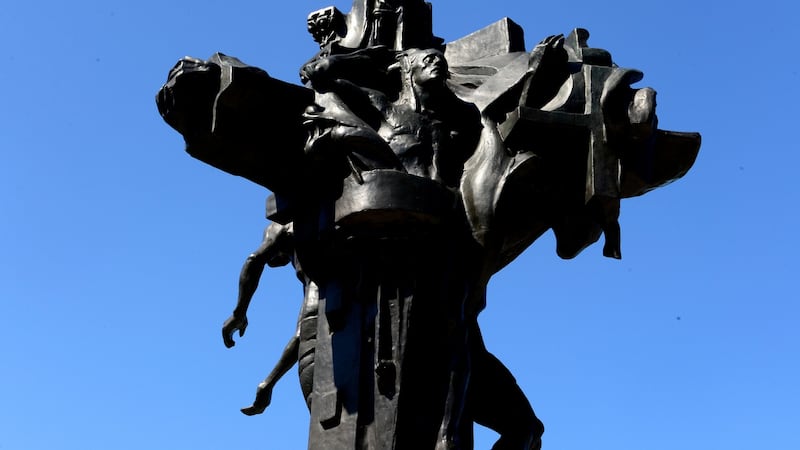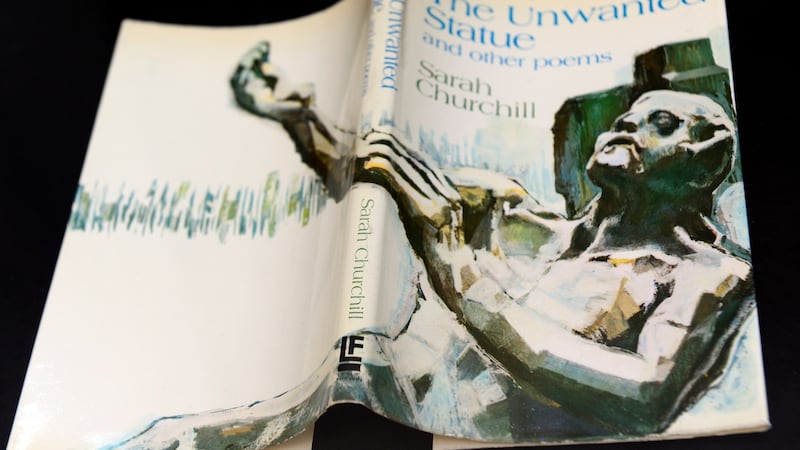Relatives of those involved in the tortuous story of the Christ the King sculpture overlooking Dún Laoghaire harbour gathered on Tuesday to launch a new exhibition covering its sometimes contentious history.
The sculpture itself, a muscular but forbidding triple depiction of the desolation, consolation and resurrection of Jesus, has been recently restored and now stands proudly on a promontory adjoining the dlr LexIcon library, where the exhibition takes place.
As the exhibition explains, it took a long time for the sculpture to get there. Plans for erecting a monument to Christ the King on the seafront began in 1931, when a committee for that purpose was founded. Remarkably, it was to take 47 years before American-Irish sculptor Andrew O’Connor’s statue would finally be installed.


O’Connor’s sculpture was selected in 1932, and subscriptions were raised in the years that followed to fund its bronze casting in a Paris foundry. However, the casting was interrupted by the second World War, when it was hidden for fears it might be melted down for its metal.
McQuaid’s rejection
O'Connor himself died in Ireland in 1941. Ten years later, the sculpture was finally brought to Dún Laoghaire, but from the outset there was opposition from the local parish priest and, more pertinently, it fell foul of Dublin's powerful archbishop, John Charles McQuaid.
“It does not seem to have occurred to your committee that it was the archbishop of the place in which the monument was to be erected, who, in Canon Law, is alone competent to give an imprimatur to what purports to be a sacred figure or set of figures,” he wrote in a letter on view in the new exhibition which must have sent chills down the spines of the recipients.
Christ the King was removed in 1952 from its temporary location in packing cases in the People's Park to Archbishop McQuaid's residence in Drumcondra for "examination".
This appears not to have gone well, and it eventually ended up languishing in the back garden of one of the sculpture committee’s trustees, Edward Kenny, on Rochestown Avenue in Dún Laoghaire.
It took a a quarter of a century before it was finally erected on Haigh Terrace in 1978. It moved to its present location two years ago.









